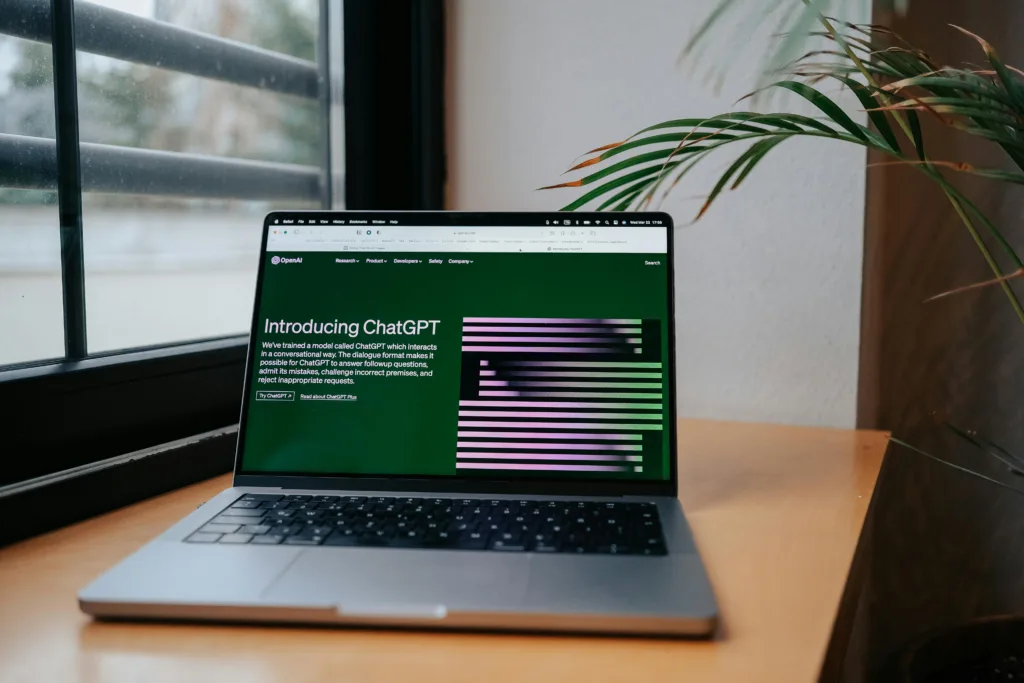
With the release of their new flagship model, GPT-4o, OpenAI hopes to improve the naturalness of machine interactions by seamlessly integrating text, audio, and visual inputs and outputs.
With the “o” standing for “omni,” GPT-4o is made to support a wider range of input and output modalities. According to OpenAI, “It generates any combination of text, audio, and image outputs and accepts as input any combination of text, audio, and image.”
With an astounding average reaction time of 320 milliseconds, users can anticipate a response time as fast as 232 milliseconds, mimicking the speed of a human conversation.
innovative qualities
By using a single neural network to process all inputs and outputs, GPT-4o introduces a significant improvement over its predecessors. By using this method, the model is able to preserve context and important data that were lost in the preceding iterations’ separate model pipeline.
Voice Mode was able to manage audio interactions with latencies of 2.8 seconds for GPT-3.5 and 5.4 seconds for GPT-4 prior to GPT-4o launch. Three different models were used in the prior configuration: one for textual answers, one for audio to text transcription, and a third for text to audio conversion. The loss of subtleties like tone, several voices, and background noise resulted from this segmentation.
GPT-4o is an integrated system that offers significant gains in audio comprehension and vision. More difficult jobs like song harmonisation, real-time translation, and even producing outputs with expressive aspects like singing and laughing can be accomplished by it. Its extensive capabilities include the ability to prepare for interviews, translate between languages instantly, and provide customer support solutions.
“Product announcements are going to be more divisive than technology announcements because it’s harder to tell if a product is going to be truly different until you actually interact with it,” said Nathaniel Whittemore, the founder and CEO of Superintelligent. Furthermore, there is even greater room for differing opinions regarding the potential utility of a new form of human-computer interaction.
That being said, folks are also being distracted from the technological advancement—that this is a natively multimodal model—by the fact that neither a GPT-4.5 nor GPT-5 was disclosed. It is a multimodal token in, multimodal token out model rather than a text model with a voice or image addition. It will take some time for the vast array of use cases that this opens up to become widely recognized.
Efficiency and security
While GPT-4o performs at the same level as GPT-4 Turbo in English text and coding tests, it performs noticeably better in non-English languages, indicating that it is a more inclusive and adaptable model. With a high score of 88.7% on the 0-shot COT MMLU (general knowledge questions) and 87.2% on the 5-shot no-CoT MMLU, it establishes a new standard in reasoning.
The model outperforms earlier state-of-the-art models such as Whisper-v3 in audio and translation benchmarks. It performs better in multilingual and vision evaluations, improving OpenAI’s multilingual, audio, and vision capabilities.

Strong safety features have been designed into GPT-4o by OpenAI, which includes methods for filtering training data and fine-tuning behavior through post-training protections. The model satisfies OpenAI’s voluntary obligations and has been evaluated using a preparedness framework. Assessments in domains such as cybersecurity, persuasion, and model autonomy reveal that GPT-4o falls inside all categories at a risk rating of “Medium.”
In order to conduct further safety assessments, approximately 70 experts in a variety of fields, including social psychology, bias, fairness, and disinformation, were brought in as external red teams. The goal of this thorough examination is to reduce the hazards brought forth by the new GPT-4o modalities.
Accessibility and potential integration
GPT-4o’s text and picture features are now available in ChatGPT, with additional features for Plus subscribers as well as a free tier. In the upcoming weeks, ChatGPT Plus will begin alpha testing for a new Voice Mode powered by GPT-4o.
For text and vision jobs, developers can use the API to access GPT-4o, which offers double the speed, half the cost, and higher rate limitations than GPT-4 Turbo.
Through the API, OpenAI intends to make GPT-4o’s audio and video capabilities available to a small number of reliable partners; a wider distribution is anticipated soon. With a phased release approach, the entire range of capabilities will not be made available to the public until after extensive safety and usability testing.
The fact that they are offering this concept to everyone for free and that the API is now 50% less expensive is really significant. Whittemore said, “That is a huge increase in accessibility.”
In order to continuously improve GPT-4o, OpenAI asks for community feedback. It emphasizes the value of user participation in locating and filling in any gaps where GPT-4 Turbo might still perform better.







